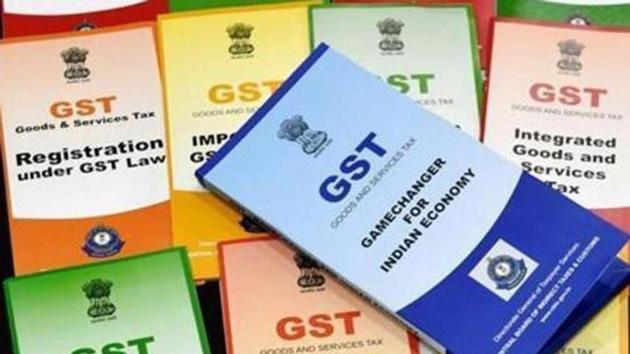Mandatory 1% GST payment not to affect small companies: Official
According to a statement issued by the GST Council Secretariat on December 23, the government took several measures to curb fraudulent claims of input tax credit through fake invoices. One of the measures was mandatory 1% GST payment by those who show unusual large turnovers
The new rule that makes it mandatory for companies with a monthly turnover of over Rs 50 lakh to pay at least 1% of their net Goods and Services Tax (GST) liability in cash will not impact small businesses and the cash payment is calculated on the basis of tax component only, a finance ministry official said.

“The cash payment of 1% is to be calculated on the tax liability in a month and not the turnover of the month. For example, if a dealer has made a sale of Rs 1 crore of the goods, whose tax rate is 12%, and if he is discharging his tax liability more than 99% through ITC [input tax credit], then he has to pay only Rs 12,000 under this rule,” the official said requesting anonymity.
The Central Board of Indirect Taxes and Customs (CBIC) recently introduced a change in the GST rules that restricted the use of ITC for discharging GST liability to 99%. The move was aimed at curbing the misappropriation of ITC through fake invoicing.
According to a statement issued by the GST Council Secretariat on December 23, the government took several measures to curb fraudulent claims of the input tax credit through fake invoices. One of the measures was a mandatory 1% GST payment by those who show unusually large turnovers.
“Some apprehensions have been raised in social and print media that the measure introduced of the requirement of the mandatory cash payment will adversely affect small businesses and will increase their working capital requirement. However, the misconceptions about the measure taken are unfounded and will not affect genuine taxpayers,” the official said.
Out of 10.2 million GST taxpayers, only about 400,000 have the supply value greater than Rs 50 lakh. Only around 150,000 out of them pay less than 1% tax in cash, the official said. “Now, when the exclusions in the rule are applied, then around 1.05 lakh taxpayers get further excluded from these 1.5 lakh. Thus, the rule would apply only to approximately 40,000-45,000 taxpayers. This would be around 0.37% of the total GST tax base,” he added.
“The rule clearly identifies where the risk to revenue is high and imposes a very reasonable cost to deter the fraudsters in a multi-layered fraud of ITC,” he said. He added the minimum cash payment system is being introduced to deter dummy businesses, which will come into effect from January 1.
The new rule announced on Wednesday said the registered person should not use the amount available in the electronic credit ledger to discharge liability towards output tax in excess of 99% of tax liability in cases where the value of taxable supply in a month would exceed Rs 50 lakh. However, sales from tax-exempt goods and zero rates supply would not be included while calculating the turnover threshold, the new rule said.
Commenting on the new rule, Abhishek Jain, tax partner at consultancy firm EY said, the idea is to “prevent misutilisation of credit by businesses taking fake credits.”






